《牛津Tiny Talk》是一套通过歌曲、肢体动作和故事引导幼儿接触英语的趣味课程。课程采用可爱的玩偶角色,带领孩子们学习日常生活场景中的基础词汇和短语。
出版社:牛津大学出版社
适用年龄:3-6岁学前儿童
语言等级:CEFR Pre-A1(零基础入门)
课程类型:幼儿英语启蒙
2. 核心特色
多感官沉浸式学习
-
🎵 36首原创歌曲搭配朗朗上口的旋律
-
🧸 泰迪熊手偶互动教学
-
✋ 全身反应教学法(TPR)活动
-
🎨 手工艺术创作
儿童中心设计
-
每课1页的简洁版式,契合幼儿注意力时长
-
固定角色(凯蒂、汤米和泰迪熊)贯穿课程
-
单元循环巩固词汇
3. 课程体系
| 级别 | 单元设置 | 主题词汇 |
|---|---|---|
| Tiny Talk 1A/1B | 每册6单元 | 颜色、动物、身体部位 |
| Tiny Talk 2A/2B | 每册6单元 | 家庭、食物、衣物 |
| Tiny Talk 3A/3B | 每册6单元 | 天气、玩具、动作 |
典型单元流程示例(1A第3单元):
-
歌曲:《我的泰迪熊》(学习身体部位)
-
手偶互动:泰迪熊指认眼睛/耳朵/鼻子
-
练习页:贴纸五官手工
-
游戏:用身体词汇玩”老师说”游戏
4. 教学资源
教师配备
-
教师用书:含详细教案脚本
-
课堂音频CD:歌曲与听力练习
-
单词卡:96张全彩词汇卡
-
手偶:30厘米泰迪熊教学手偶
家庭辅助
-
活动手册:贴纸互动练习
-
家庭音频:可下载歌曲文件
5. 教学优势
✔ 语音意识培养:建立英语音素感知
✔ 社交能力发展:通过游戏学习轮流互动
✔ 精细动作训练:描画与贴纸活动
✔ 课堂常规建立:固定教学流程
6. 课堂管理建议
-
用”问候/再见歌”标记课堂环节转换
-
控制教师讲解时间(不超过课堂30%)
-
先用手偶示范活动
-
采用贴纸奖励表鼓励参与
7. 同类课程对比
| 课程名称 | 适龄 | 特色 |
|---|---|---|
| 《Tiny Talk》 | 3-6岁 | 手偶引导建立课堂常规 |
| 《Playtime》 | 3-6岁 | 故事驱动教学 |
| 《First Friends》 | 3-6岁 | 自然拼读启蒙 |
8. 数字资源
-
动画故事:通过”牛津家长”APP观看
-
互动电子书:支持电子白板教学
购买说明:
分册出版(A/B册),灵活掌握教学进度。基础套装含手偶、单词卡和音频CD。
“Tiny Talk让英语启蒙课变成欢乐游戏时间!” 🧸✨
(注:本翻译在保留专业术语准确性的基础上,对活动描述进行了本土化适配,如将”Simon Says”译为国内幼儿园常用的”老师说”游戏,并补充了厘米单位说明。)
Oxford Tiny Talk
Publisher: Oxford University Press
Target Audience: Preschoolers (Ages 3-6)
CEFR Level: Pre-A1 (Starter)
Course Type: English for Very Young Learners
1. Overview
Oxford Tiny Talk is a playful English course designed to introduce preschoolers to their first words and phrases through song, movement, and storytelling. The course features adorable puppet characters that guide children through simple daily routines and vocabulary themes.
2. Key Features
Multi-Sensory Learning Approach
-
🎵 36 original songs with catchy melodies
-
🧸 Teddy Bear puppet for interactive teaching
-
✋ Total Physical Response (TPR) activities
-
🎨 Arts & crafts projects
Child-Centered Design
-
1-page = 1 lesson format for short attention spans
-
Recurring characters (Katie, Tommy, and Teddy)
-
Clear unit progression with recycling of vocabulary
3. Course Components
| Level | Units | Vocabulary Areas |
|---|---|---|
| Tiny Talk 1A/1B | 6 units per book | Colors, animals, body parts |
| Tiny Talk 2A/2B | 6 units per book | Family, food, clothes |
| Tiny Talk 3A/3B | 6 units per book | Weather, toys, actions |
Sample Unit Flow (Tiny Talk 1A Unit 3):
-
Song: “My Teddy Bear” (Introduces body parts)
-
Puppet Play: Teddy Bear points to eyes/ears/nose
-
Worksheet: Stick-on eye/nose/mouth activity
-
Game: “Simon Says” with body vocabulary
4. Teaching Resources
For Teachers
-
Teacher’s Book: Scripted lesson plans
-
Class Audio CD: Songs and listening exercises
-
Flashcards: 96 full-color vocabulary cards
-
Puppet: Teddy Bear hand puppet (12″)
For Parents
-
Activity Books: Sticker-based exercises
-
Home Audio: Downloadable song files
5. Pedagogical Benefits
✔ Phonemic Awareness: Develops sound recognition
✔ Social Skills: Turn-taking in games and songs
✔ Fine Motor Skills: Tracing and sticker activities
✔ Routine Building: Consistent lesson structure
6. Classroom Management Tips
-
Use a “Hello/Goodbye” song to mark lesson transitions
-
Limit teacher talk time (max 30% of class)
-
Always demonstrate activities with the puppet first
-
Reward participation with sticker charts
7. Comparison to Similar Courses
| Course | Age | Special Feature |
|---|---|---|
| Tiny Talk | 3-6 | Puppet-led routine building |
| Playtime | 3-6 | Story-based learning |
| First Friends | 3-6 | Phonics introduction |
8. Digital Enhancements
-
Animated Stories: Available through Oxford Parents app
-
Interactive eBooks: For smartboard classrooms
Purchase Note:
Sold as split editions (A/B) for flexible pacing. Starter pack includes puppet, flashcards, and CDs.
“Tiny Talk turns first English lessons into joyful playtime!” 🧸✨

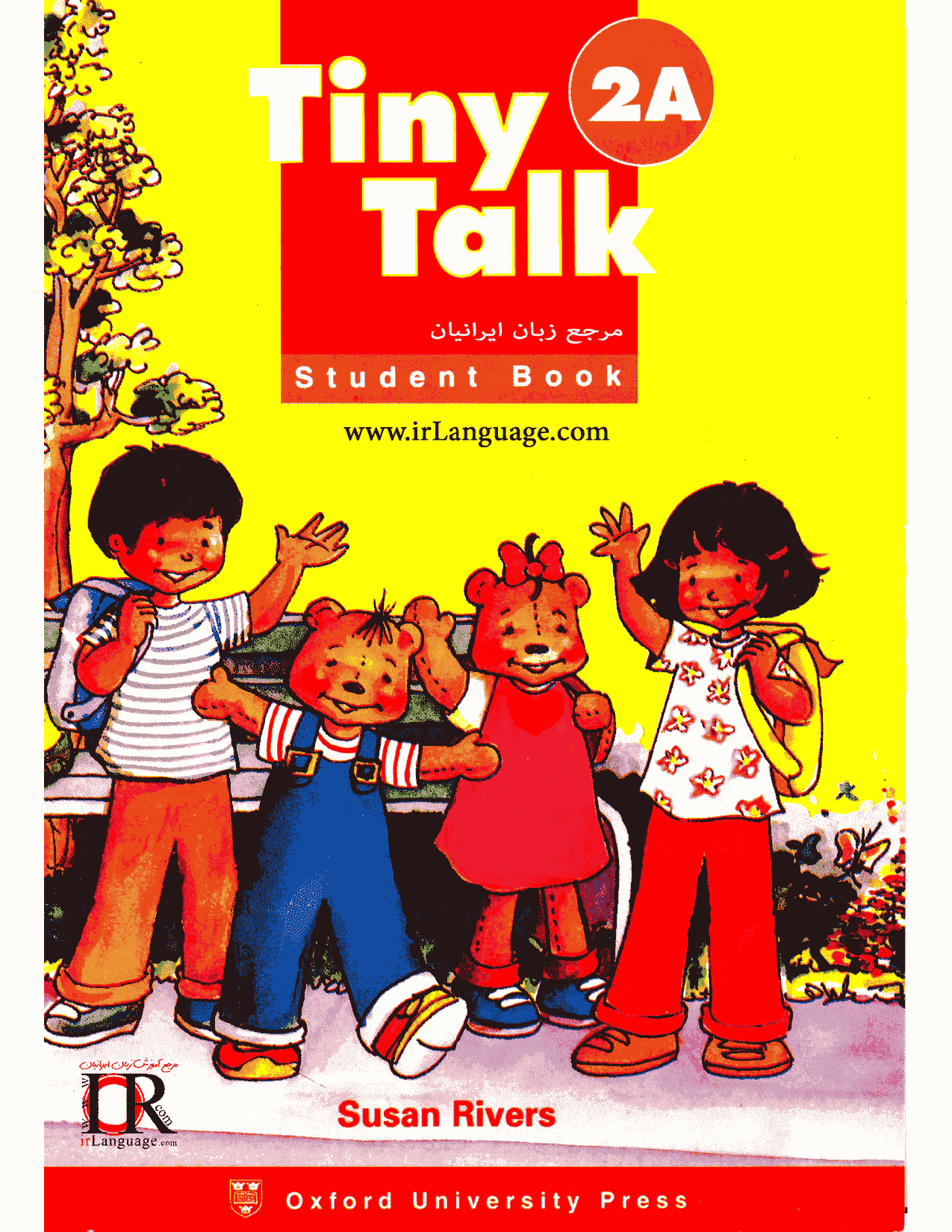

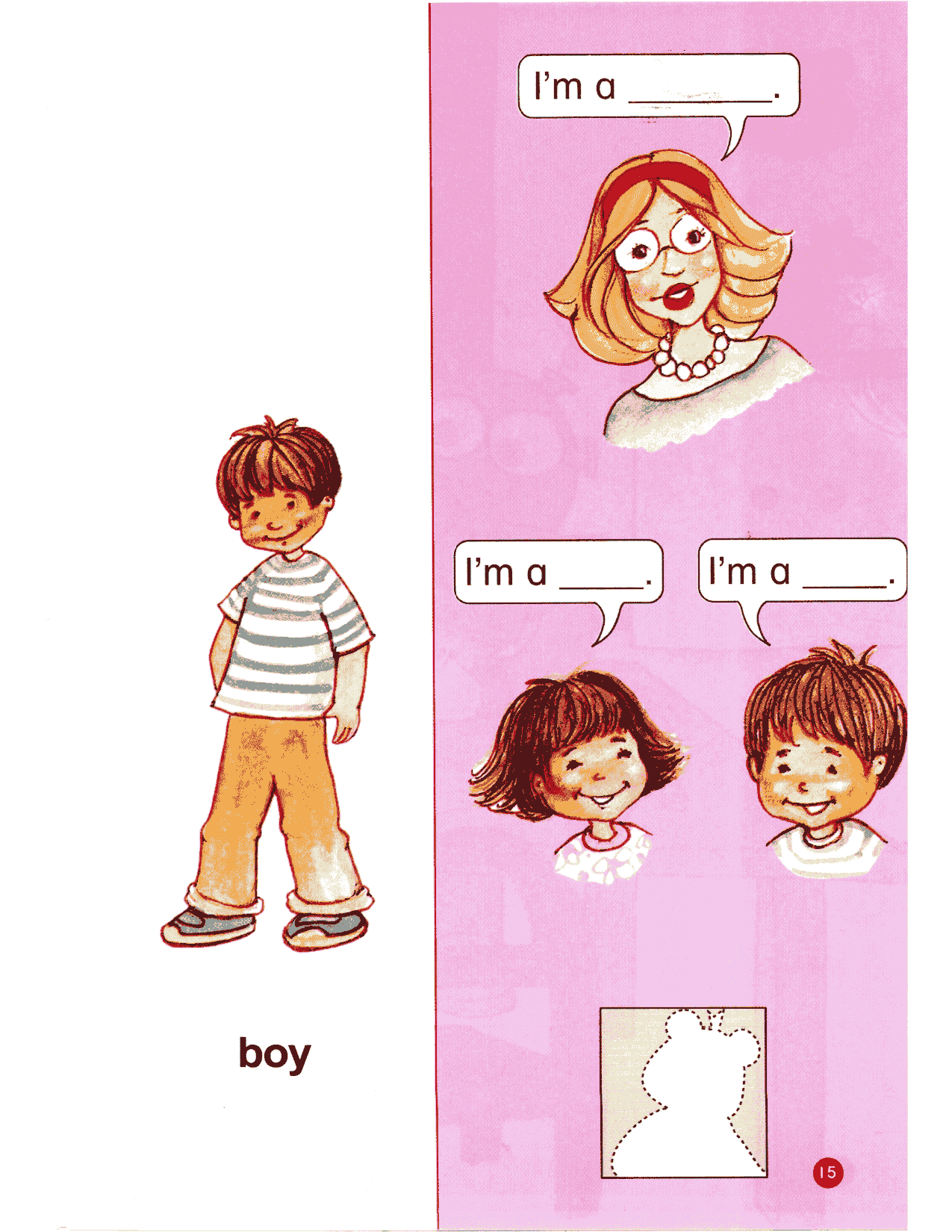
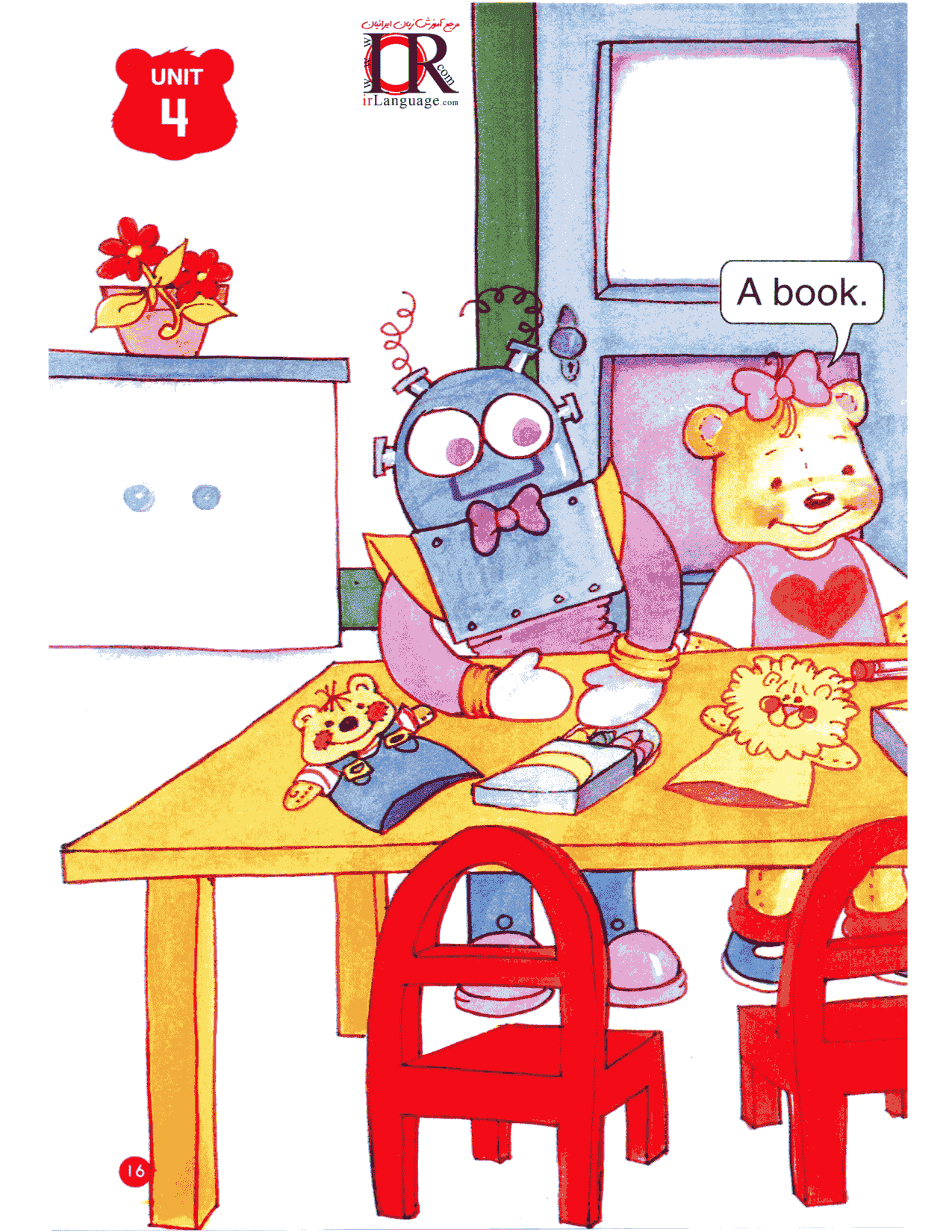
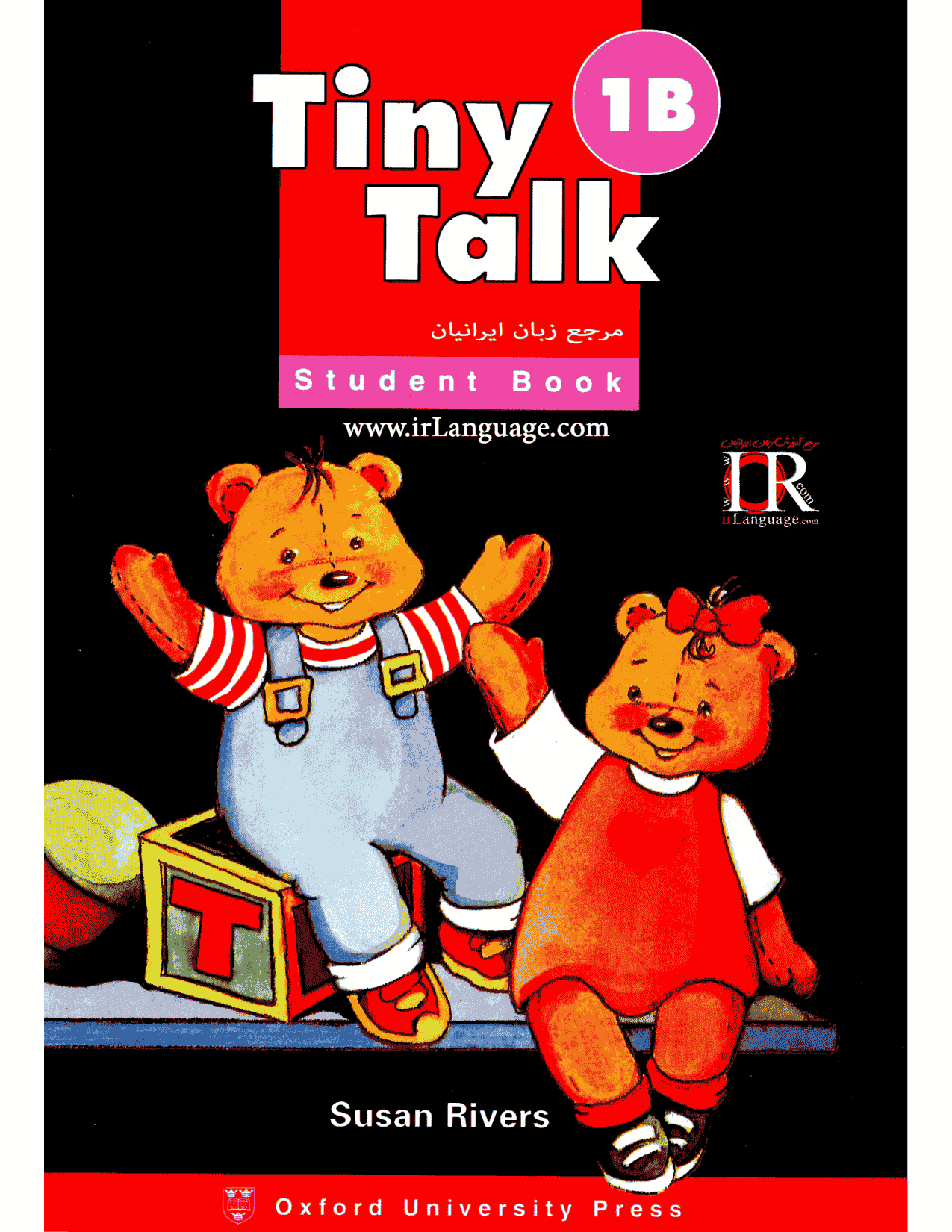

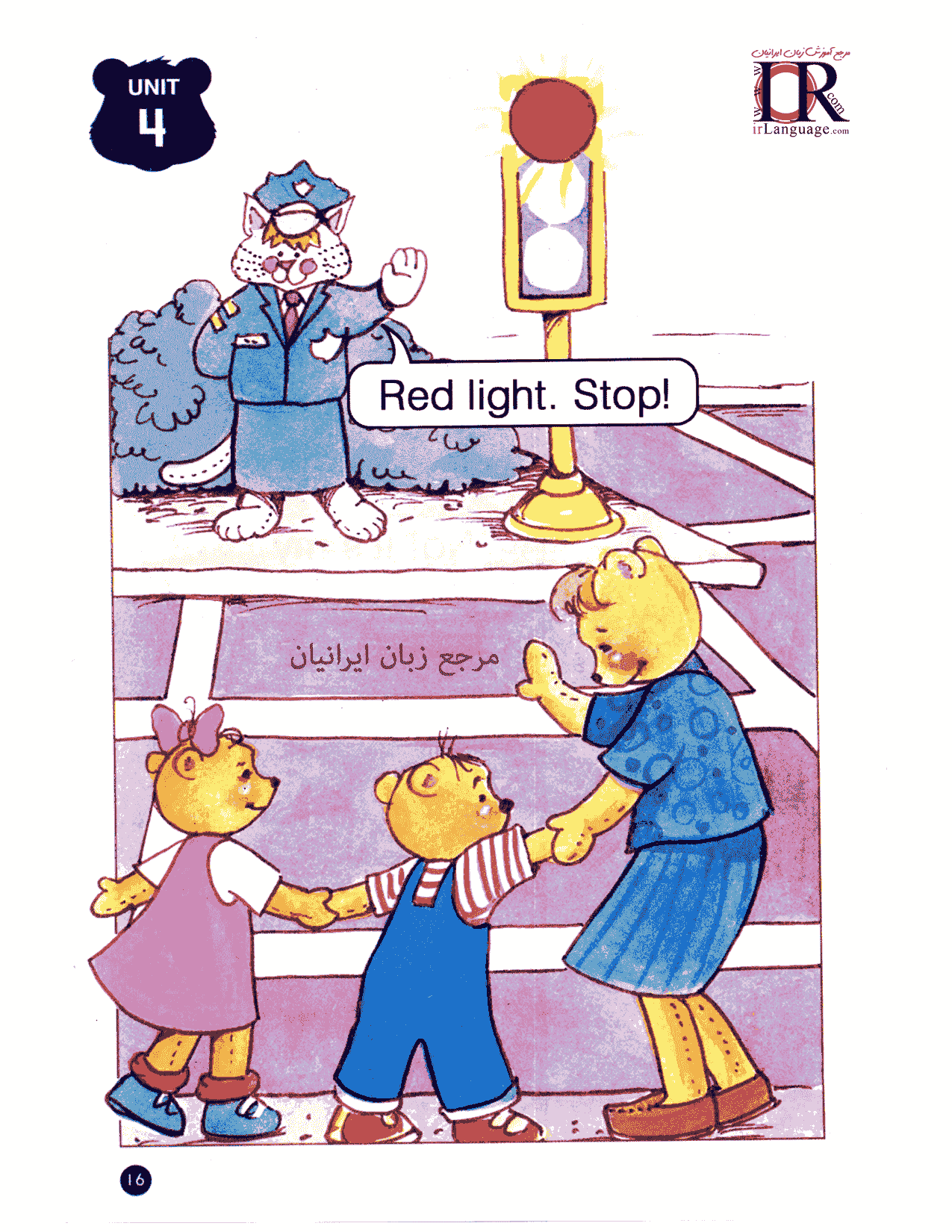
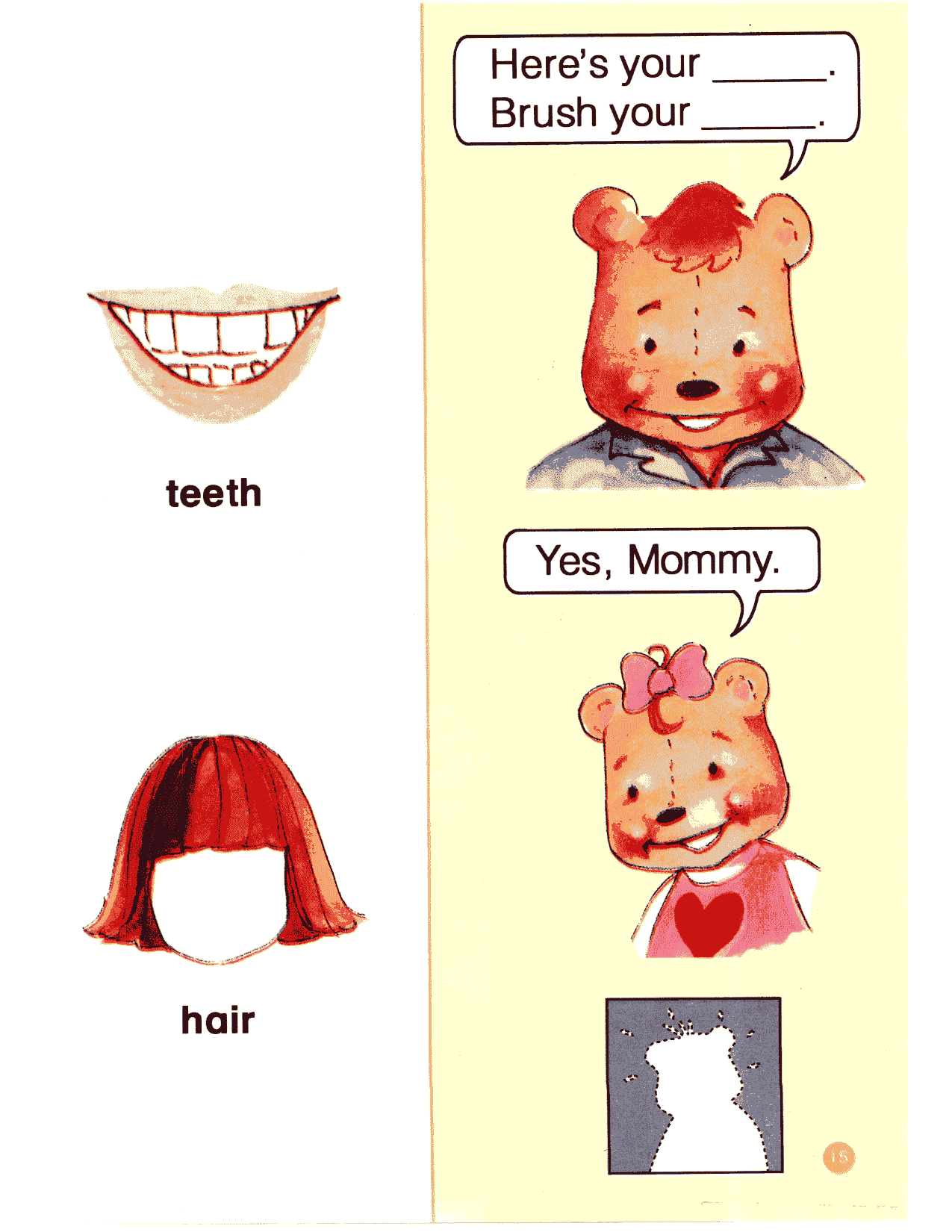
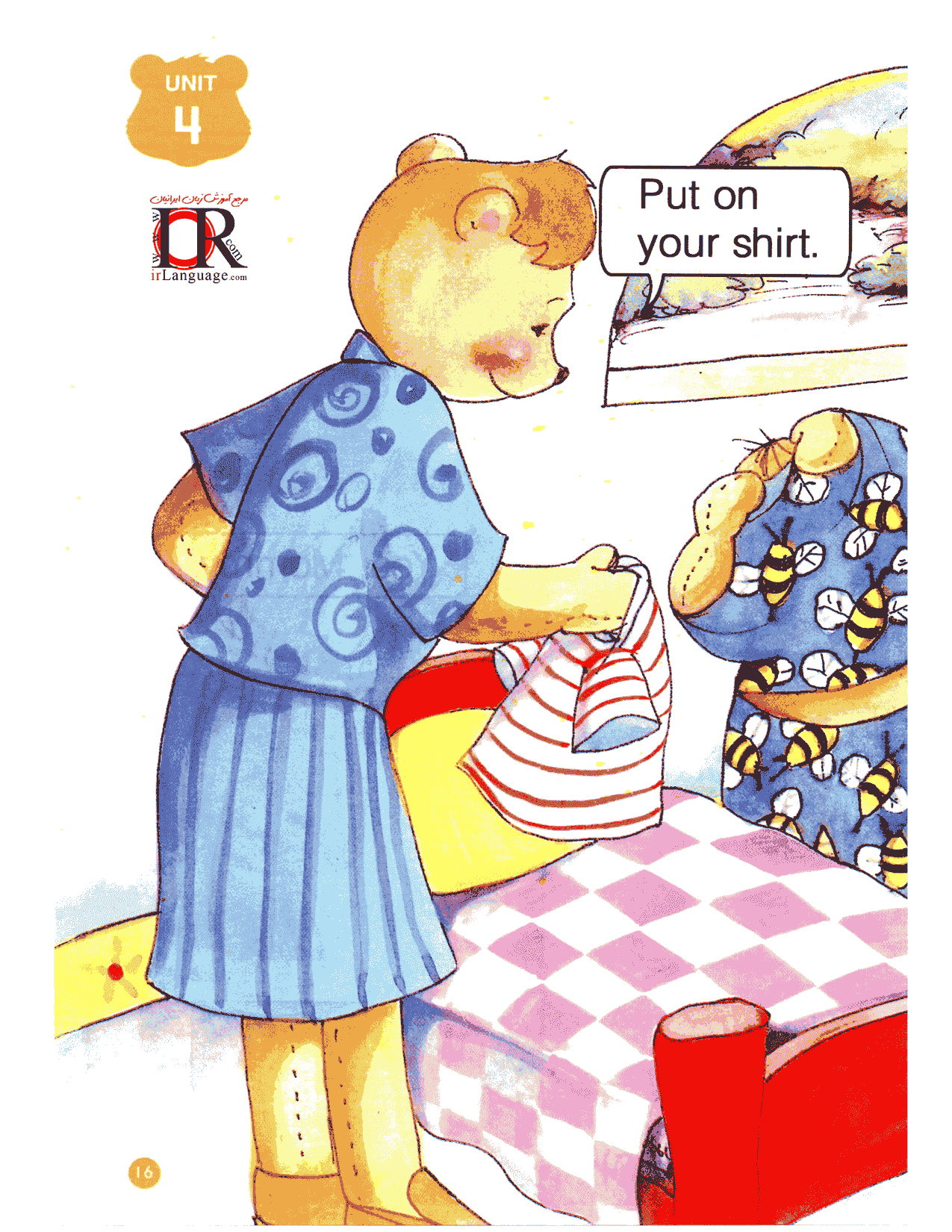
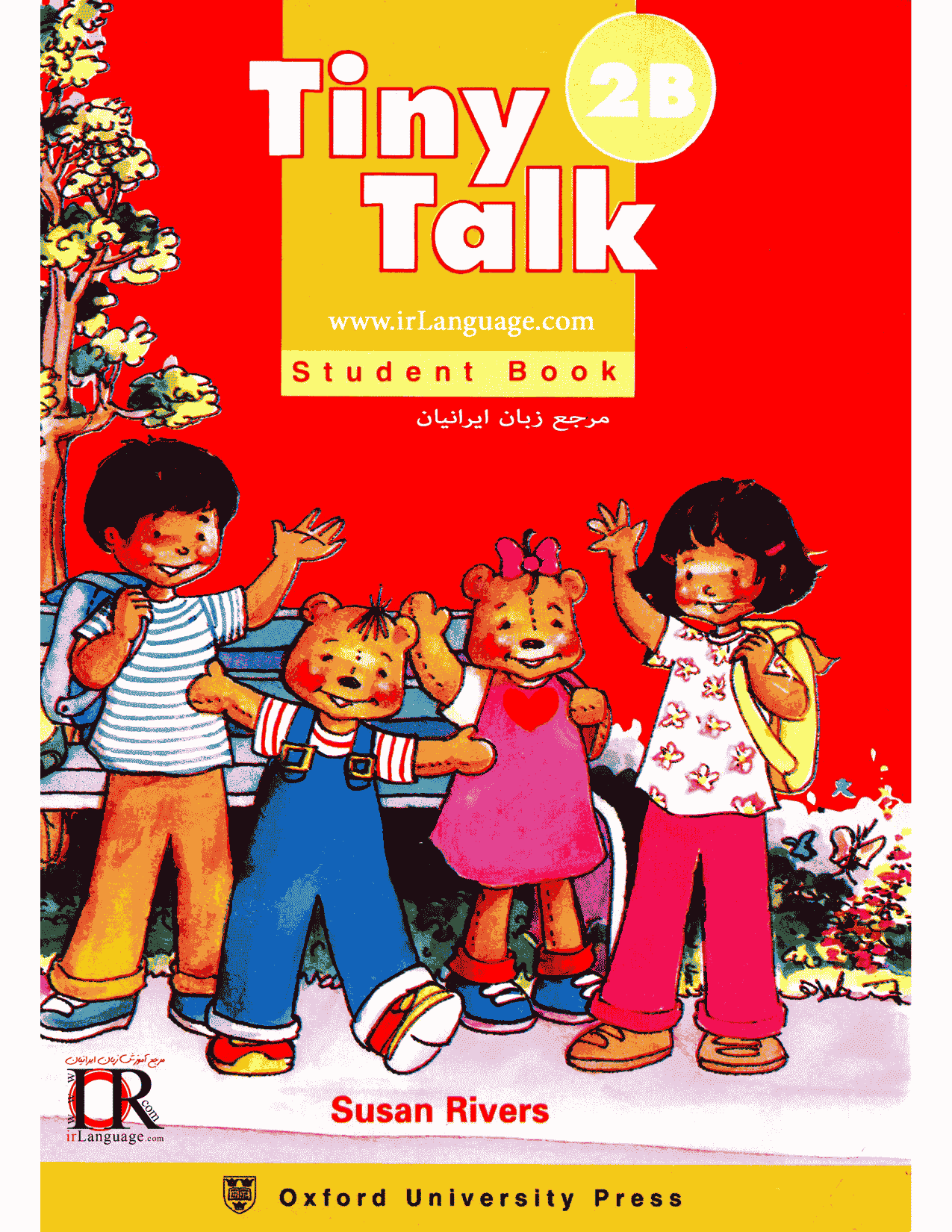



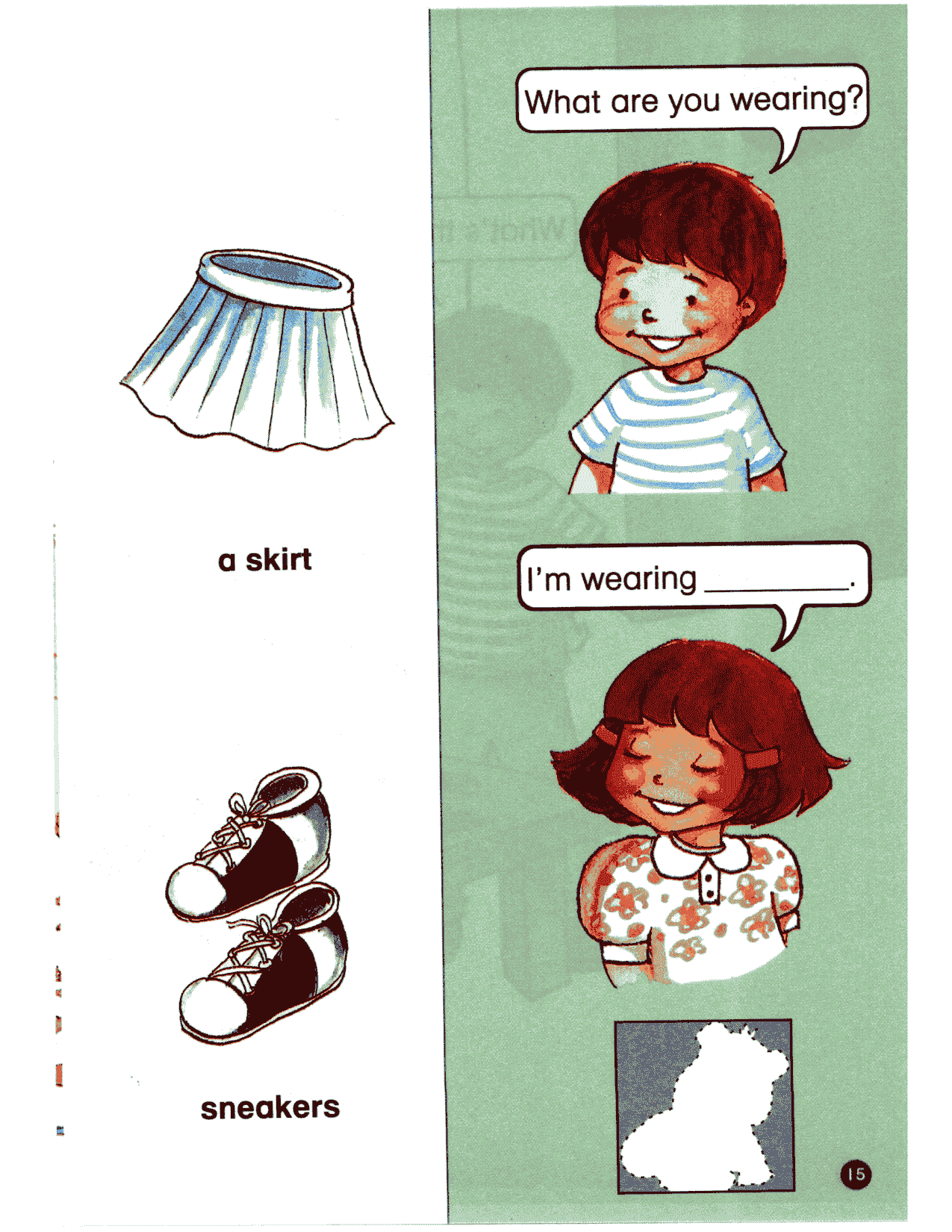

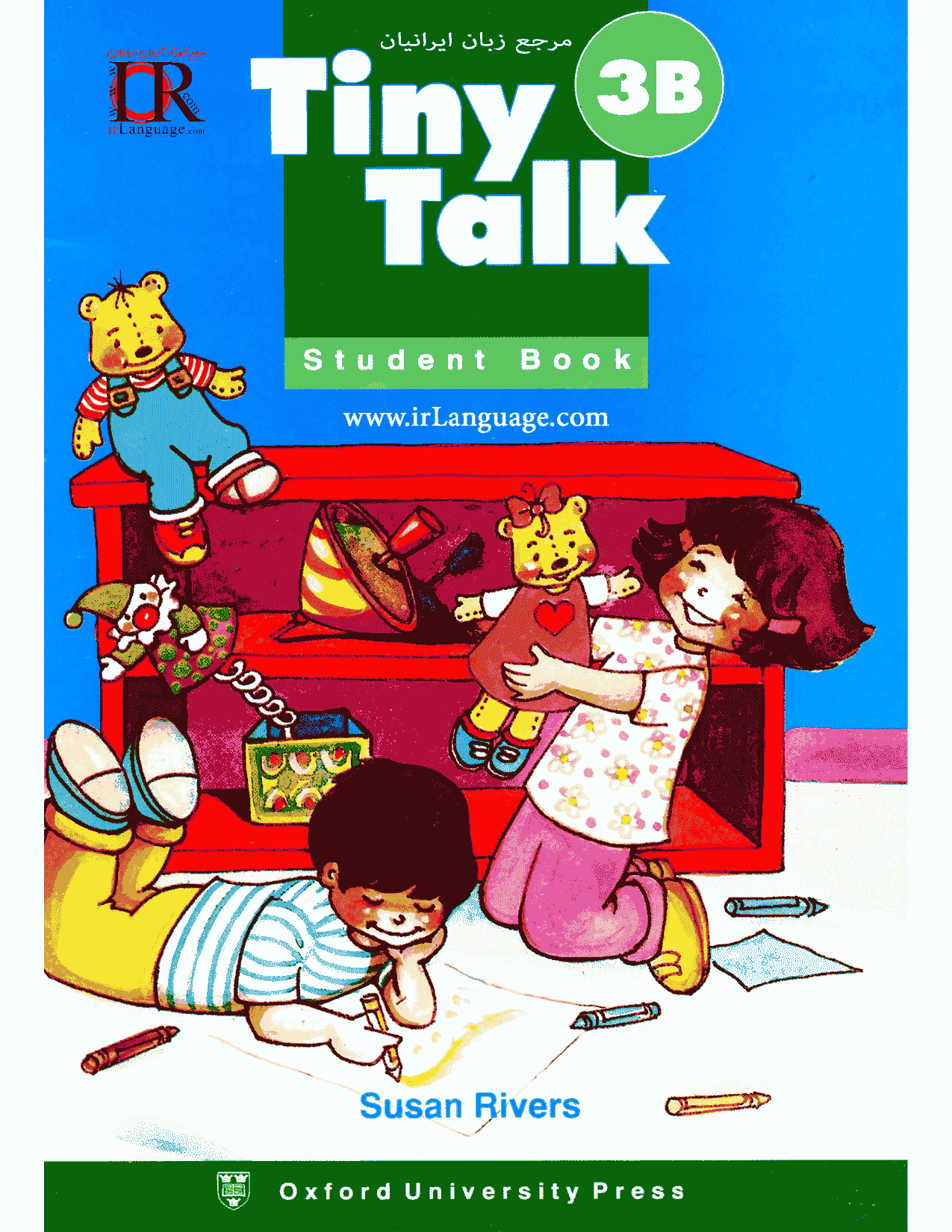

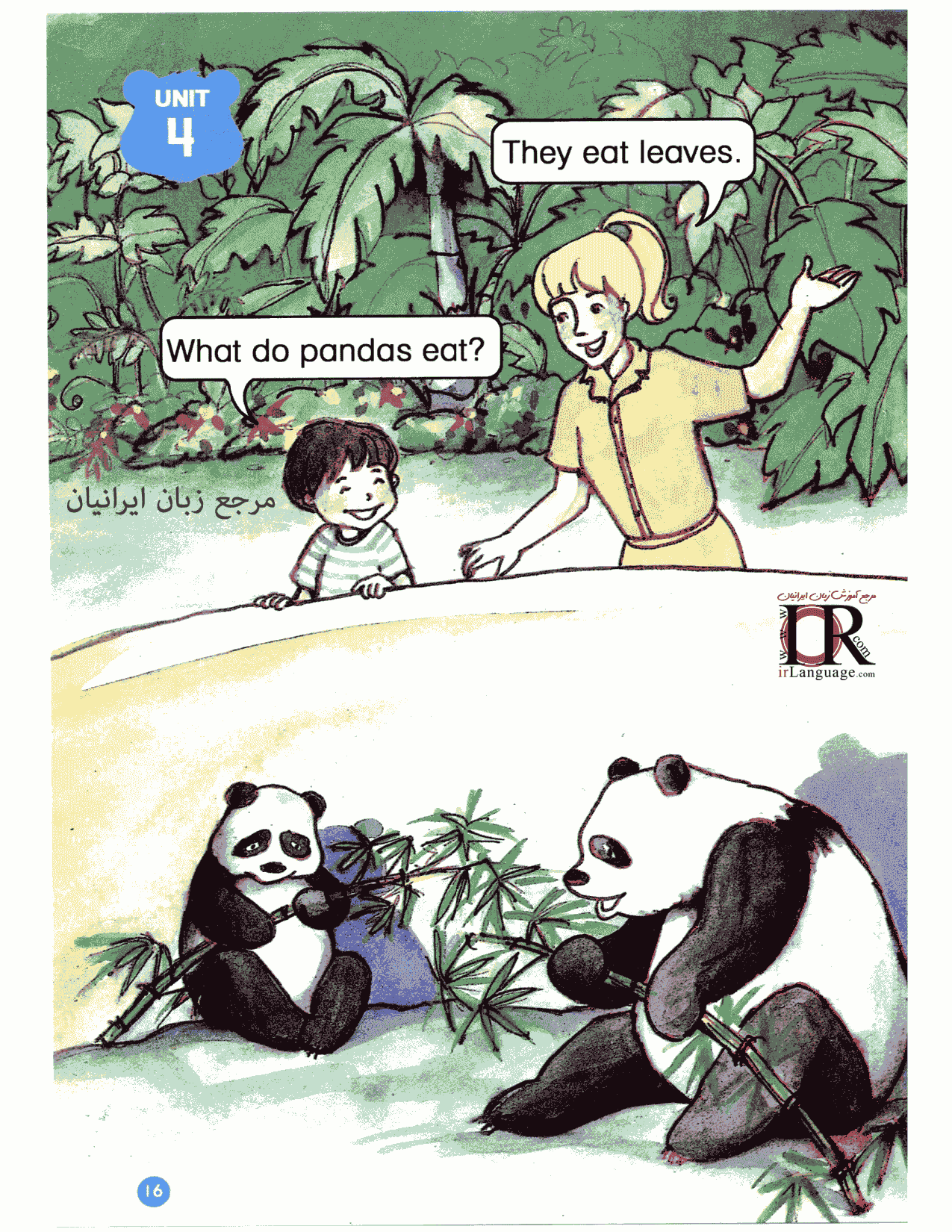
评论(0)